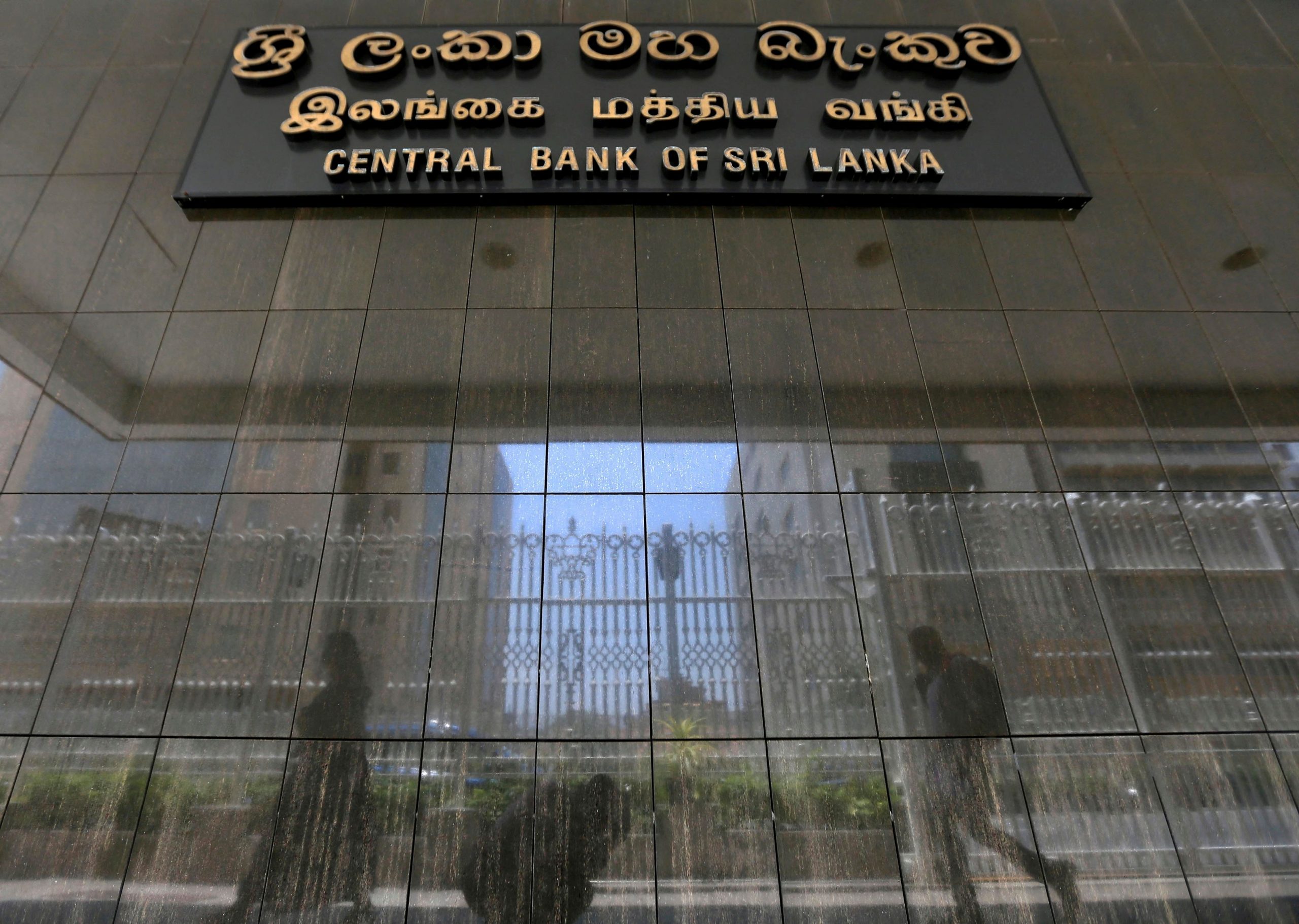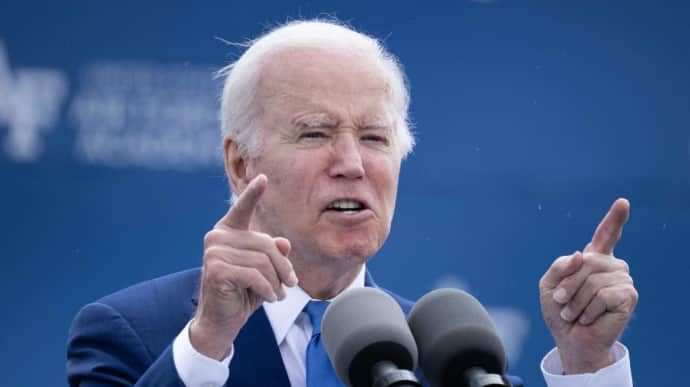Oil markets steadied on Thursday, influenced by a complex interplay of economic factors ranging from potential U.S. interest rate holds to increasing crude inventories. The cautious optimism offered by the passing of a crucial vote on the U.S. debt ceiling bill also played a part, setting the stage for a nuanced picture of the oil industry’s future.
U.S. Federal Reserve officials hinted on Wednesday at a possible pause in interest rate hikes for this month. This came as welcome news for oil markets, as any increase in rates often triggers a strengthening of the U.S. dollar, making commodities priced in the currency, like oil, more expensive for holders of other currencies. Concurrently, the U.S. House of Representatives passed a bill suspending the government’s debt ceiling, a move that improves the odds of averting a potential economic catastrophe resulting from a default.
As the news trickled in, Brent crude futures saw a slight rise, up 2 cents to $72.62 a barrel by 0947 GMT. Meanwhile, U.S. West Texas Intermediate crude (WTI) slipped 28 cents, or 0.4%, to $67.81. It’s worth noting that both benchmarks experienced a dip on Tuesday and Wednesday, highlighting the volatility of oil markets.
 “Oil markets may have been oversold in the last two trading days,” stated CMC Markets analyst Tina Teng, adding that sentiment rebounded amidst the successful debt bill passage in the House and signals suggesting a pause in Fed’s rate hike.
“Oil markets may have been oversold in the last two trading days,” stated CMC Markets analyst Tina Teng, adding that sentiment rebounded amidst the successful debt bill passage in the House and signals suggesting a pause in Fed’s rate hike.
However, the optimism was not without its counterpoints. Mixed demand indications from China, the world’s largest oil importer, exerted downward pressure on the market. A rise in U.S. crude inventories, indicated by industry data, also played a role in cooling the enthusiasm.
“The current mood is one of pessimism,” shared Tamas Varga, an oil broker from PVM. “Investors have been pragmatic and risk-averse of late.” Indeed, data from the American Petroleum Institute (API) suggested that U.S. crude inventories saw an increase of approximately 5.2 million barrels last week. This information, paired with the forthcoming government stocks data, paints a picture of increasing supply – a factor that traditionally places downward pressure on prices.
In the days ahead, industry watchers will be turning their attention to the June 4 meeting of the OPEC+ producer group, which comprises the Organization of the Petroleum Exporting Countries (OPEC) and allies including Russia. This group has the potential to significantly influence oil prices with their decisions regarding production quotas.
The oil industry finds itself in a period of watchful waiting, trying to interpret and predict the outcomes of various economic signals. While the immediate narrative appears to favor a stabilization of prices, the undercurrents suggest a continuing need for caution. The balancing act between supply, demand, and the broader macroeconomic context continues to challenge investors and analysts alike, underscoring the inherent complexity of oil markets.
©traders-news.online










